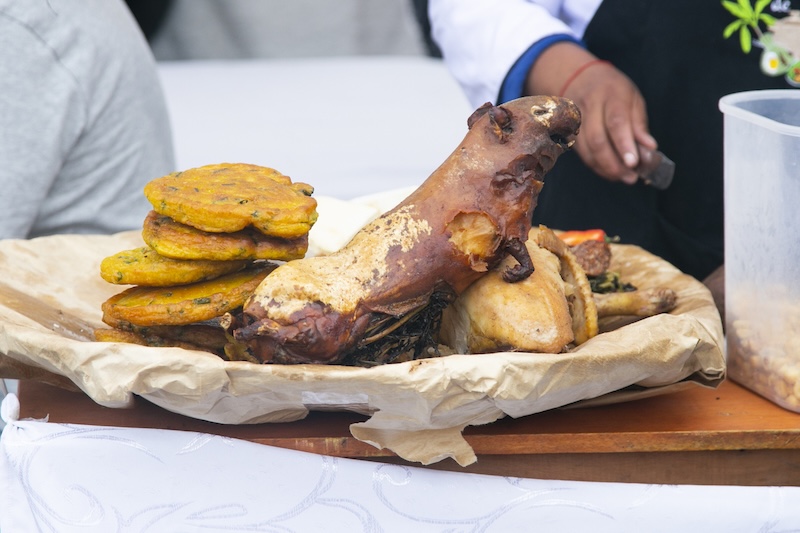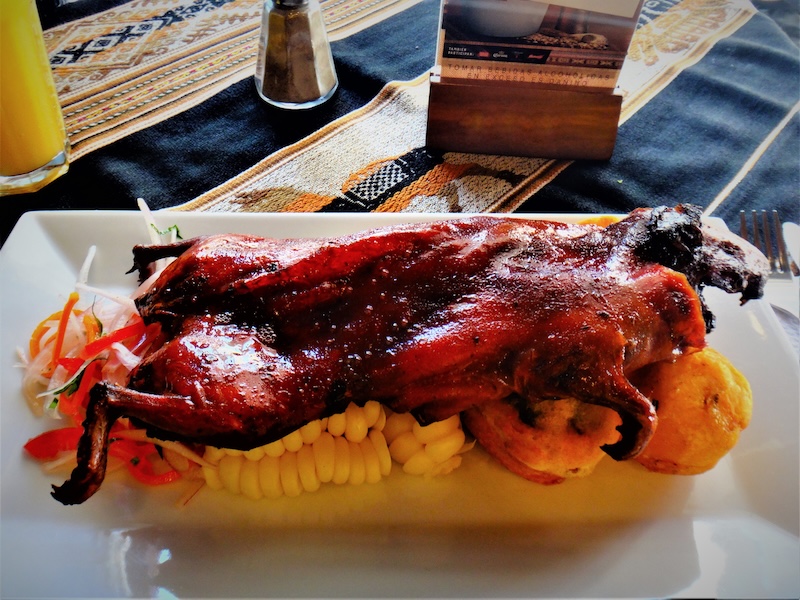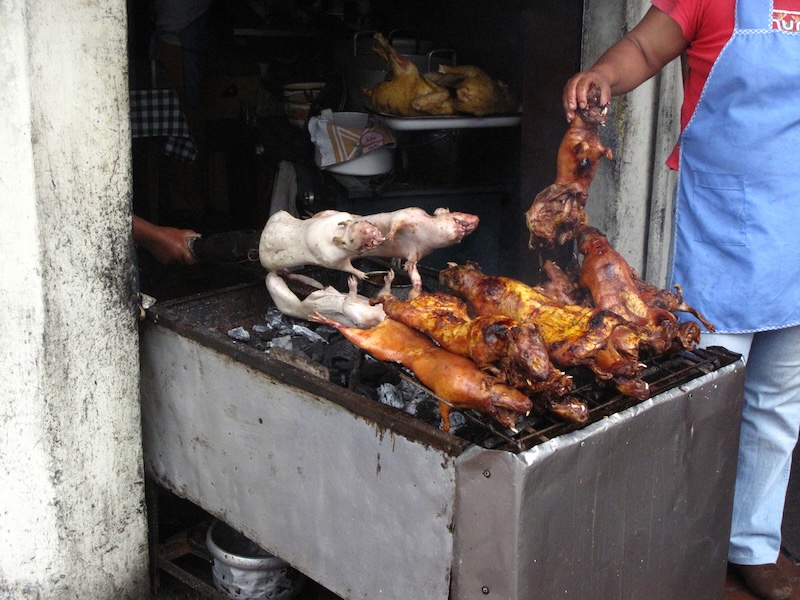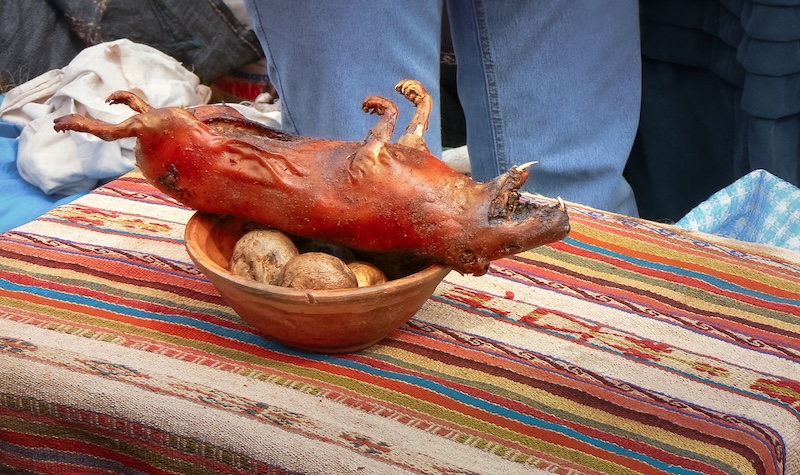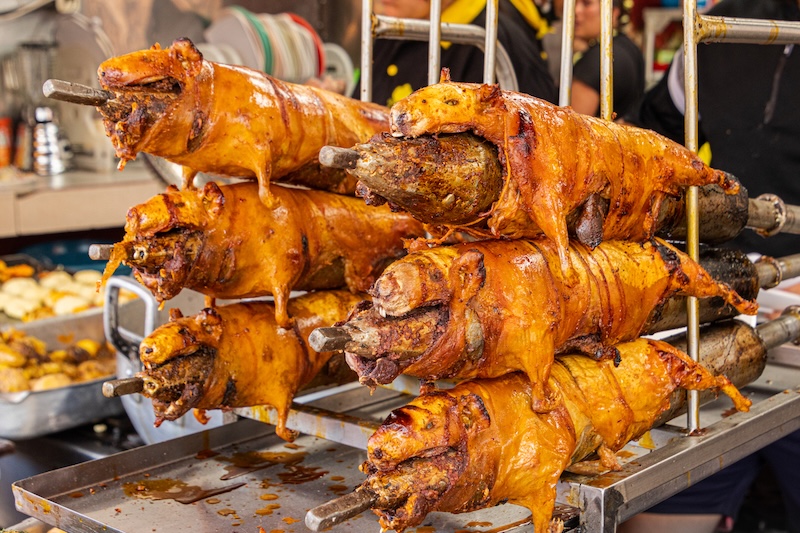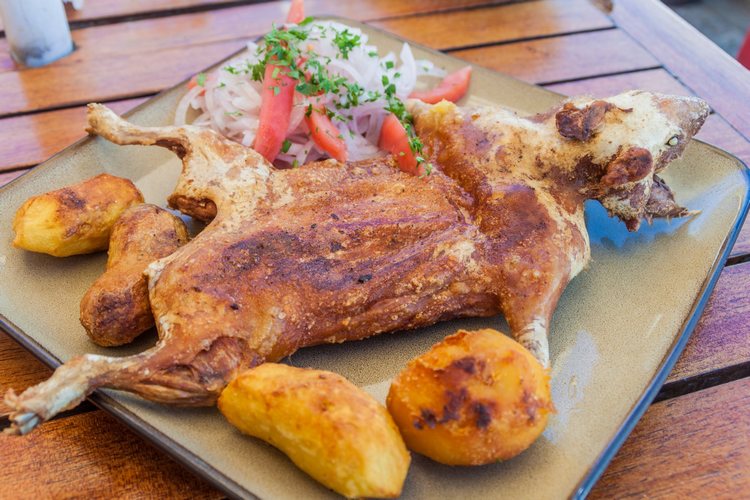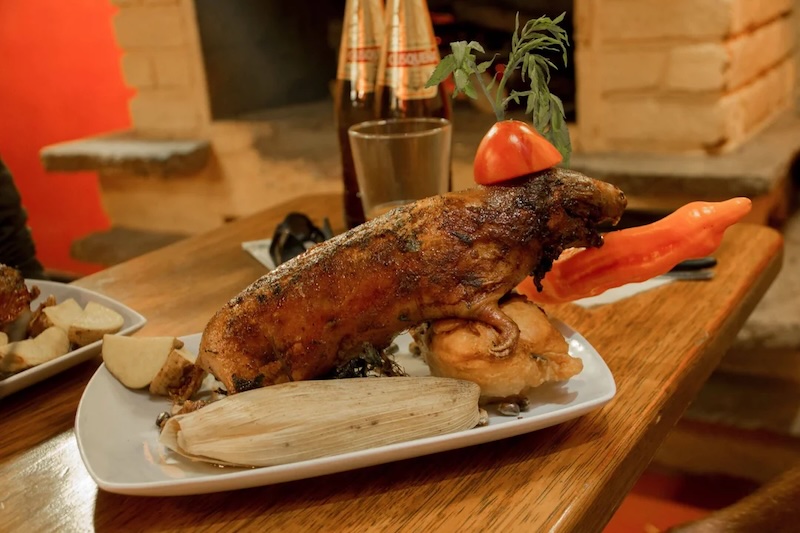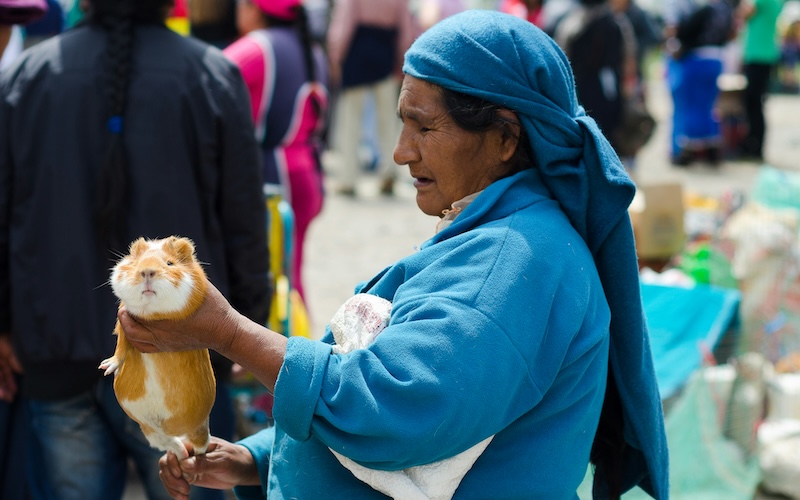- Home
- About Us
- Inca Trail Treks
- Alternative Treks
- Destinations
- Cusco
- Cusco City Tour (Half Day)
- Humantay Lagoon (Day Trip)
- Rainbow Mountain – Day Tour (Vinicunca)
- Rainbow Mountain – Day Tour (Palccoyo)
- Sacred Valley of Incas Tour (Day Trip)
- Sacred Valley Tour with Maras and Moray (Full Day)
- South Valley Tour Cusco (Half Day)
- Qeswachaka Rope Bridge Tour (Day Trip)
- Waqrapukara (Day Trip)
- Perolniyoc Waterfall Hike (Full Day)
- Chonta Condor Sighting Tour (Full Day)
- Maras Moray
- Machu Picchu
- Manu
- Tambopata
- Puno
- Cusco
- Contact Us

